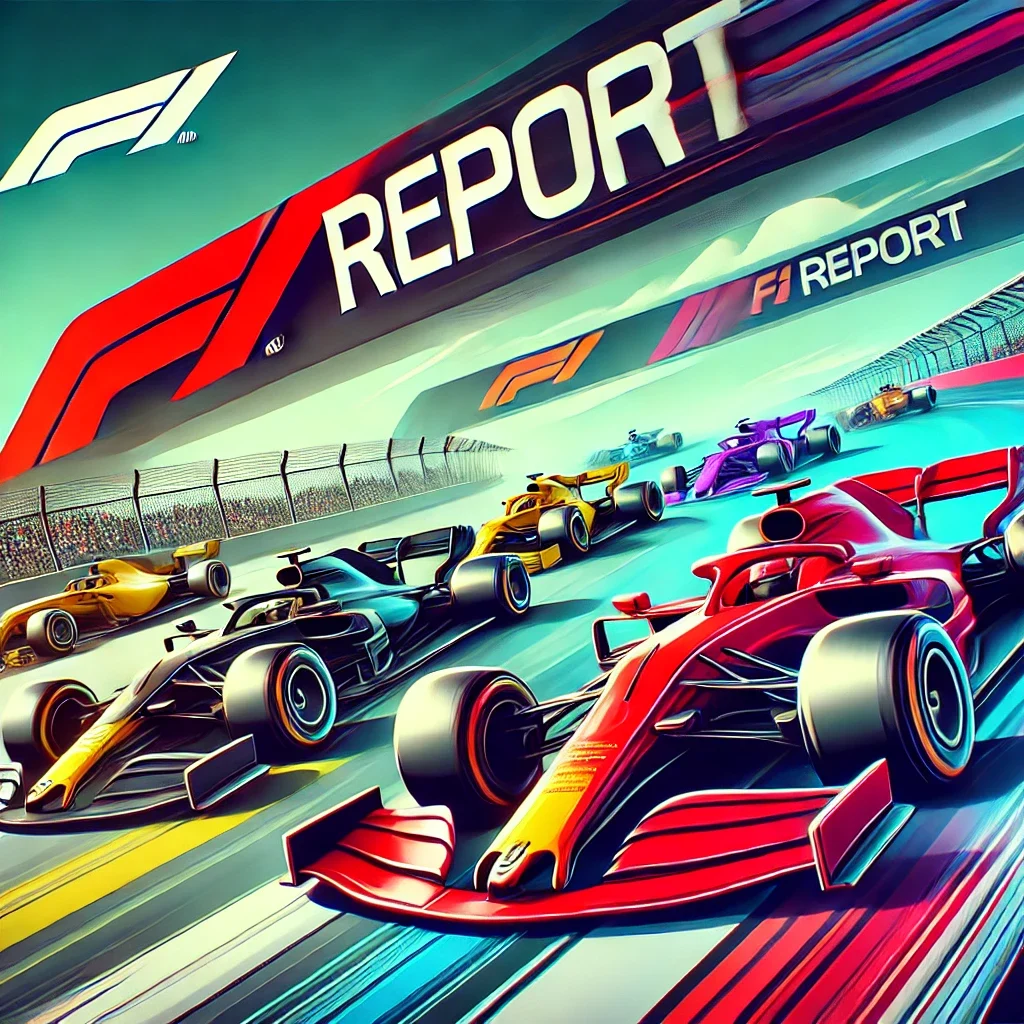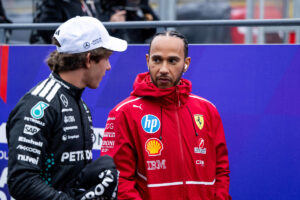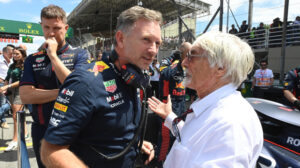Breaking: Hamilton Disqualification Highlights Mercedes’ Stroke of Luck in Bahrain…read more

Hamilton Disqualification Highlights Mercedes’ Stroke of Luck in Bahrain
Lewis Hamilton’s highly anticipated debut season with Ferrari hasn’t exactly gone according to plan. After four races in the 2025 Formula 1 season, the seven-time world champion has managed to collect just 25 points, putting him seventh in the drivers’ standings—behind the young Italian talent who now occupies his former seat at Mercedes.
Among the rocky starts to his Ferrari journey, Hamilton’s most dramatic race weekend unfolded at round two in Shanghai. There, he celebrated a sprint race win, only to face a post-race disqualification from the main Grand Prix on Sunday—a weekend filled with highs and lows over the span of just two days.
Meanwhile, Mercedes appears to be coping just fine without their former talisman. George Russell and rookie teammate Kimi Antonelli have steadily brought home points, keeping the Silver Arrows competitive. But at the recent Bahrain Grand Prix, Russell narrowly avoided a situation eerily similar to Hamilton’s past DRS drama in Brazil back in 2021.
That infamous weekend in São Paulo saw Hamilton disqualified from qualifying due to a technical irregularity in his car’s rear wing. Specifically, the Drag Reduction System (DRS) flap exceeded the allowed opening when activated. While the inner section passed inspection, the outer part did not, prompting the FIA to penalize Hamilton, forcing him to start the sprint from the back of the grid.
In Bahrain this year, Russell’s scare stemmed from a different type of DRS-related issue—but it was still enough to trigger an FIA investigation. After finishing second, the 27-year-old Brit was put under scrutiny for activating DRS manually outside of the designated zone, potentially breaching the rules that tightly govern when DRS can be used during a race.
The situation occurred due to technical problems Russell was experiencing mid-race, including a brake-by-wire issue and other electronic malfunctions. According to the stewards, the team instructed him to use a backup radio button in the cockpit, which also doubles as a manual DRS trigger. Unintentionally, Russell activated DRS while attempting to communicate with his engineers.
The DRS flap stayed open for 37 meters on a 700-meter straight, gaining Russell a mere 0.02 seconds. He then lost 0.28 seconds in the following corner, effectively nullifying any potential advantage. Telemetry data confirmed this, and the stewards concluded that although a technical rule was broken, there was no sporting benefit gained. As a result, no penalty was issued.
While Russell’s unintentional rule breach didn’t result in any formal punishment, it stands in stark contrast to the FIA’s hardline approach in Hamilton’s 2021 case. That incident led to a complete disqualification from qualifying, regardless of whether performance was affected.
Had the FIA decided to apply a stricter interpretation of the rules in Bahrain, even a minor five-second penalty could have cost Russell his podium finish. Instead, he walks away unscathed—thanks largely to his quick reaction and the stewards’ leniency.
Russell’s brush with DRS controversy is a reminder of how fine the margins are in Formula 1. While Hamilton’s 2025 season continues to struggle, Mercedes may have dodged a bullet in Bahrain, underlining just how close they came to a costly déjà vu.








